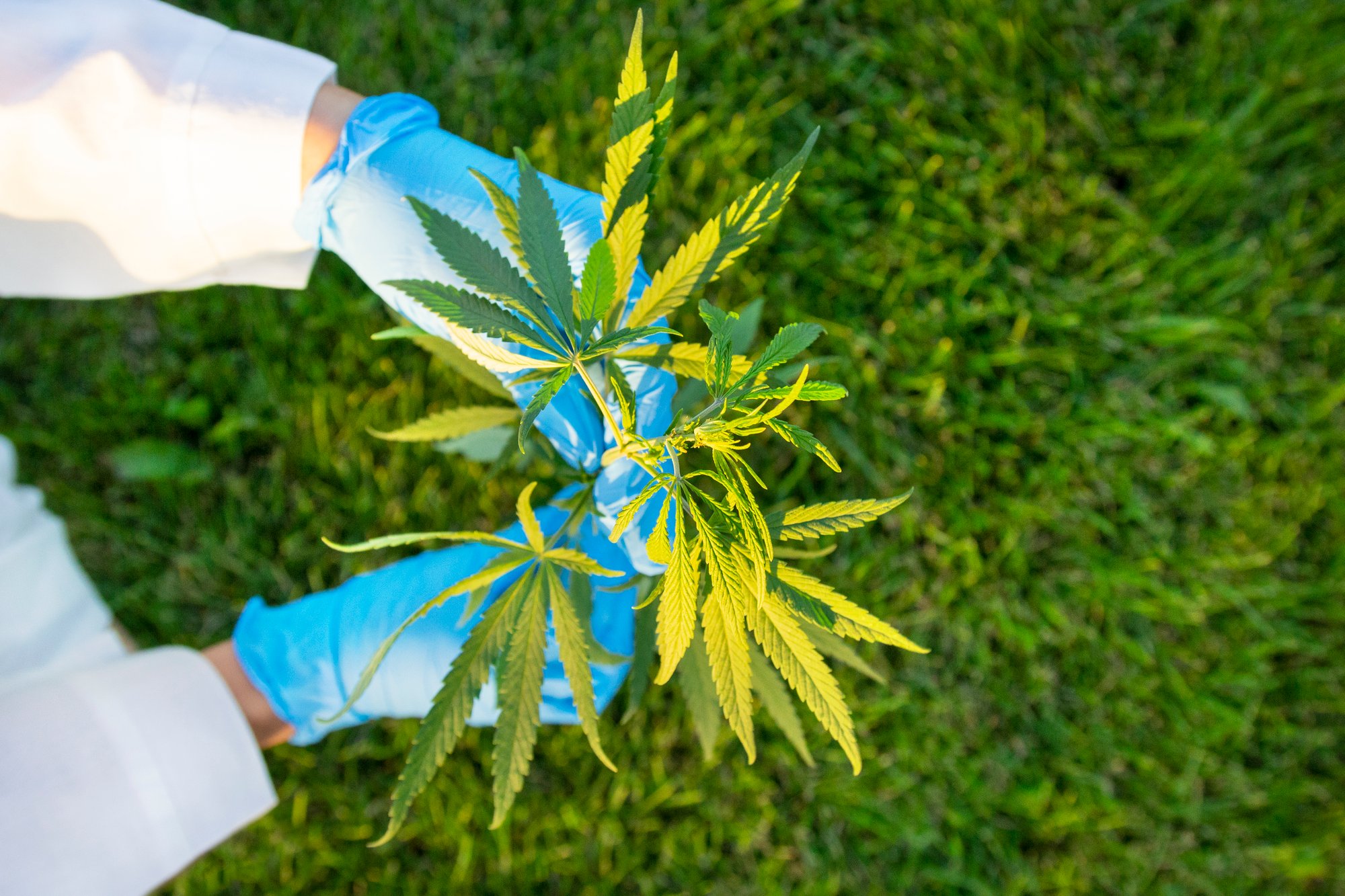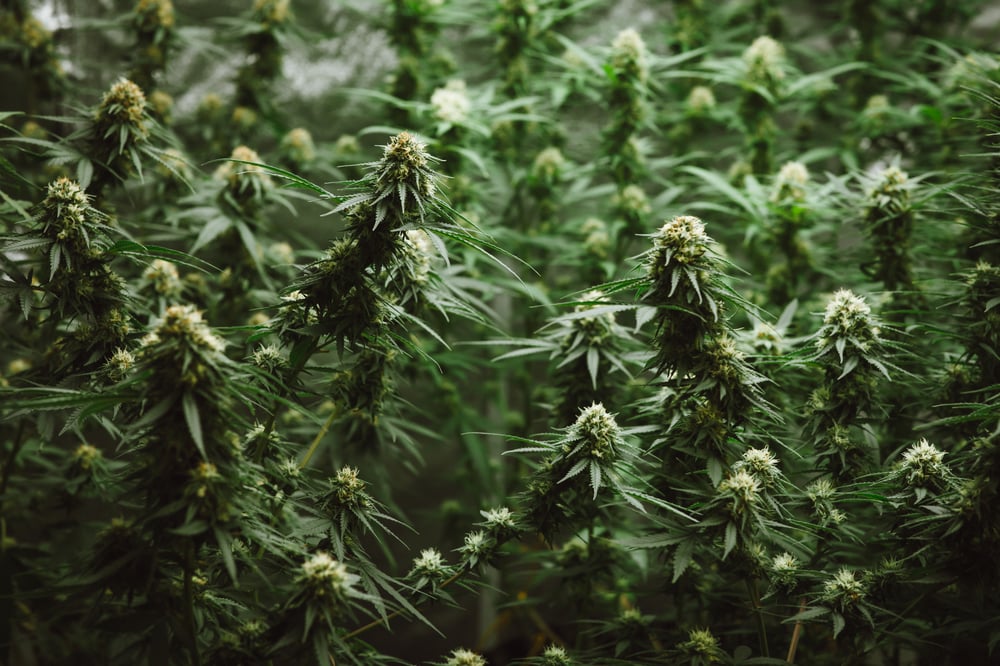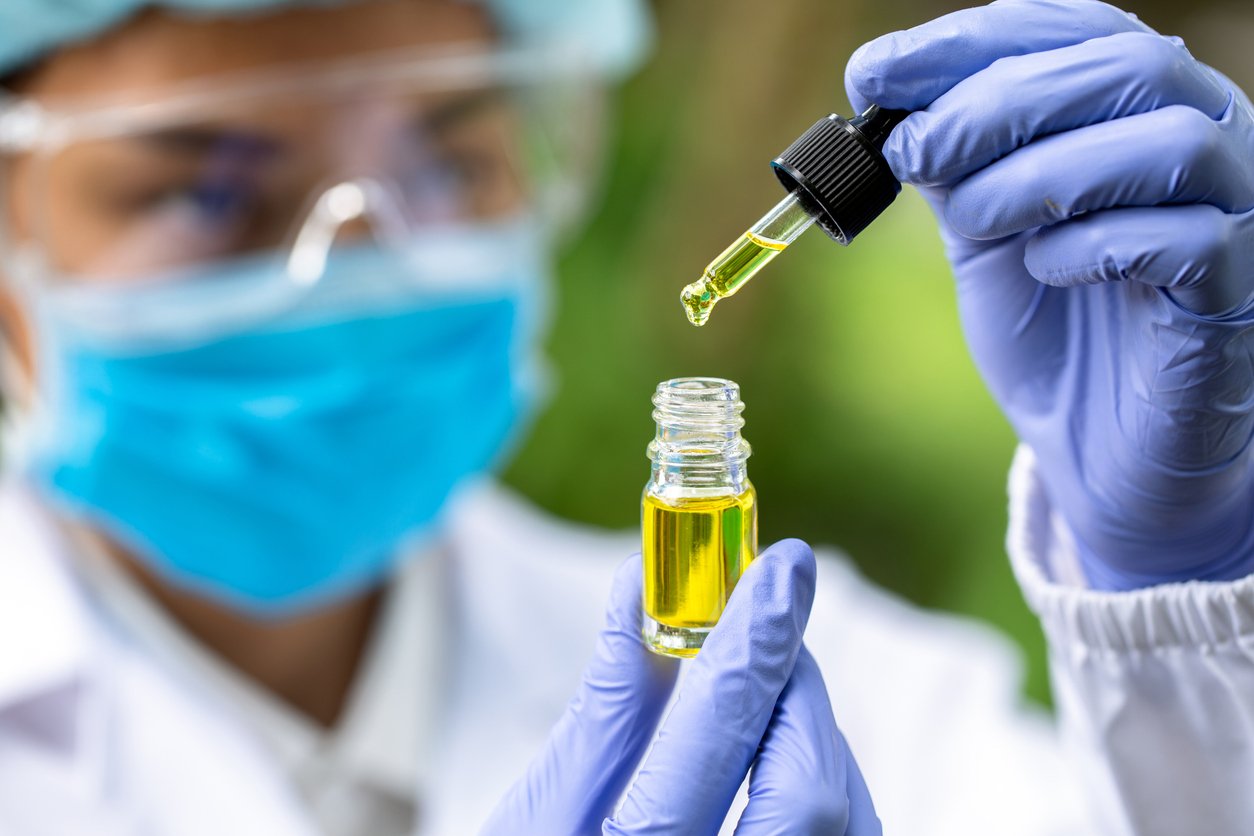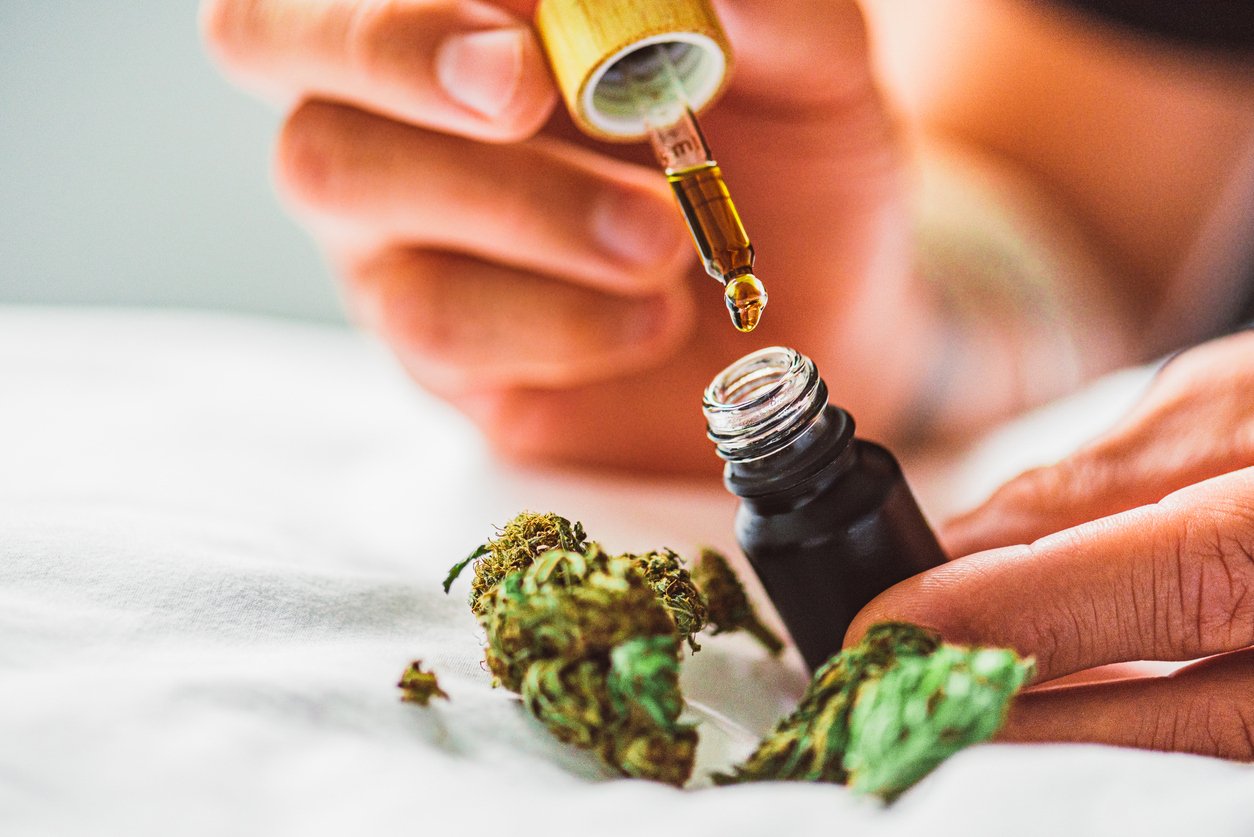Case Study - Broughton's Role in the Proposed HP-TLC Monograph Update
Refining Cannabis Testing Standards: Broughton’s Role in the Proposed HP-TLC Monograph Update
This case study was prepared by Matthew Feather, BSc, Team Leader at Broughton Group, in collaboration with Broughton’s regulatory and analytical teams.

When Science and Regulation Misalign: Addressing a Critical Flaw in THC Identification
Accurate classification of cannabis flower is essential for quality control, regulatory compliance, and patient safety. However, a specific requirement within the European Pharmacopoeia’s (Ph. Eur.) HP-TLC testing method has presented an unintended barrier for producers of fresh THC-dominant flower.
Broughton identified this issue through routine client testing and recognising its wider implications, collaborated with the European Directorate for the Quality of Medicines (EDQM) to present technical data and propose a pathway for change.
The Testing Method in Question
The HP-TLC (High-Performance Thin-Layer Chromatography) Identification C test is one of several tools used to classify cannabis flower by visual comparison of cannabinoid band intensities. This method assesses the presence of Δ9-tetrahydrocannabinolic acid (THCA), Δ9-tetrahydrocannabinol (THC), cannabidiol (CBD), and cannabidiolic acid (CBDA) using sample spots and reference standards.
The method requires that, for a flower to be considered THC-dominant, the THC band must be present at an intensity that is at least faint or equivalent to the reference solution. An intense THCA band also needs to be present.
Scientific Misalignment with Fresh Flower Profiles
The majority of THC-dominant cannabis flowers are characterised by high levels of THCA and only minimal quantities of THC, particularly in freshly harvested material. THC forms as a result of the decarboxylation of THCA .
In HP-TLC analysis, this means that the THC band in fresh flower may appear only faintly, or not at all, even though the sample contains high concentrations of THCA. From a scientific standpoint, the absence of THC is not an indicator of non-compliance, but rather an expected outcome based on the flower’s freshness and chemical profile.


Observed Consequences of the Existing Criteria
- Samples with no visible THC band, despite high THCA, do not reflect the monograph criteria for classification
- HPLC analysis confirms the flower’s cannabinoid profile, but HP-TLC takes precedence for compliance under the current monograph.
- Products that are genuinely THC-dominant may be rejected, reclassified, or subjected to unnecessary repeat testing.
This issue is particularly significant for cultivators and manufacturers supplying newly harvested or GMP-controlled flower, where product degradation is minimal by design.
Broughton’s Scientific and Regulatory Response
Broughton conducted an internal review of results from multiple flower samples that failed the HP-TLC visual criteria but were verified as THC-dominant by HPLC.
When interpreting results, our team confirmed that the discrepancies observed were due to limitations in the method’s visual intensity threshold rather than any issues with product quality or composition.
We shared these findings with EDQM, including detailed examples and method rationale, to support a science-led review of the monograph. Our aim was not to challenge the method’s validity, but to highlight a limitation that could be addressed with a pragmatic and scientifically justified amendment.
Ph. Eur. Review and Proposed Change
In June 2025, the expert group responsible for the cannabis flower monograph at Ph. Eur. reviewed Broughton’s submission. As a result of this engagement, the group has agreed to recommend a revision to the method wording.
Current Wording:
“faint to equivalent” (THC band intensity for THC-dominant classification)
Proposed Revision:
“very faint to equivalent (may be absent)”
This proposed revision reflects an understanding that the presence of THC in fresh samples may be negligible or undetectable by HP-TLC, and that classification should therefore not rely solely on this visual cue. If adopted, the draft monograph will be published in Pharmeuropa 37.4 for open consultation.

Broader Implications for the Cannabis Sector
- Alignment with real-world products: Producers of fresh THC-dominant flower will benefit from a clearer and more realistic path to compliance.
- Reduction in unnecessary repeat testing: Laboratories will be able to rely on the total cannabinoid profile, not just visual artefacts, to inform classification.
- Greater consistency across analytical methods: The revised monograph would support a more balanced integration of HP-TLC and HPLC results.
- Regulatory confidence in analytical science: The consultation process allows for feedback from across the industry, supporting robust and collaborative standard-setting.
Continued Collaboration with EDQM
The EDQM has expressed continued interest in reviewing additional samples that demonstrate the analytical observations identified by Broughton. We are currently exploring opportunities to support this next phase of work and remain committed to contributing to the development and validation of scientifically robust testing standards.
Why This Matters
This case study highlights the critical role of scientific laboratories not only in testing, but in shaping the standards that govern the sector. By identifying method limitations and engaging constructively with regulators, Broughton continues to support the advancement of accurate, fair, and practical quality frameworks for cannabinoid-based products.
Work with a laboratory that contributes to regulatory progress
Whether you are encountering classification issues with your flower samples or looking for a proactive partner in analytical strategy, Broughton is here to help.
From identifying compliance barriers to influencing international monographs, Broughton combines scientific precision with regulatory expertise to help your products succeed. Contact us today to discuss your testing and compliance strategy.
Learn More About Our Cannabis Testing Services

Cannabis Services
We partner with innovators in the medicinal cannabis market, combining fast testing turnaround with our expertise in compliance and quality control to help bring products to market. As a GMP-certified facility with a Controlled Drugs license, we are uniquely equipped to support safe, compliant product development from inception to market launch.
